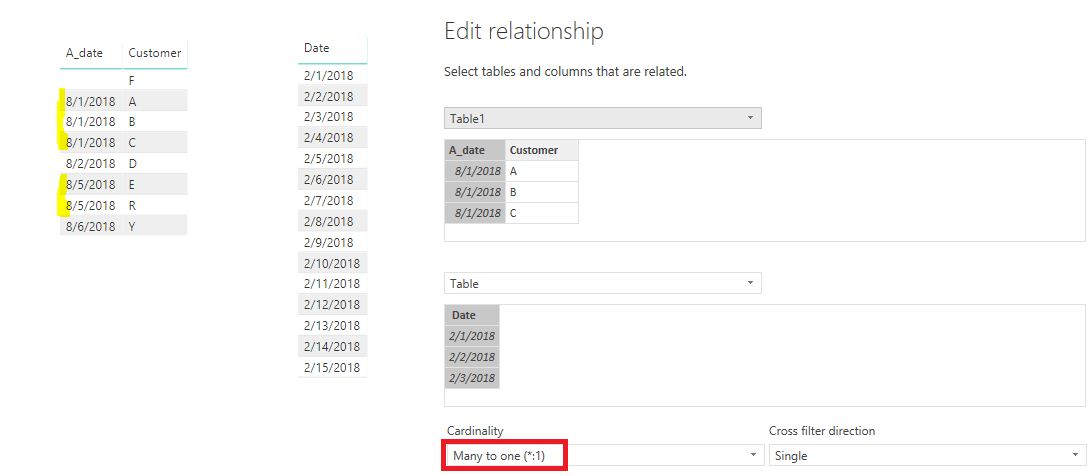The cardinality you selected isn’t valid for this relationship – The concept of cardinality in database relationships is paramount, as an invalid selection can lead to errors. This guide delves into the intricacies of cardinality, exploring its impact on relationship structure and behavior, and providing troubleshooting techniques to resolve common errors.
Understanding the types of relationships, such as one-to-one, one-to-many, and many-to-many, is essential. Cardinality dictates the number of entities that can be associated with each other within these relationships, shaping their functionality and data integrity.
Invalid Cardinality Issue: The Cardinality You Selected Isn’t Valid For This Relationship

Cardinality, in database relationships, defines the number of entities in one entity set that can be associated with a single entity in another entity set. Selecting an invalid cardinality can lead to errors and incorrect data representation. Understanding the concept of cardinality is crucial for designing and maintaining efficient databases.
For instance, consider a one-to-many relationship between customers and orders. If the cardinality is incorrectly set to one-to-one, the database will not allow a customer to have multiple orders, which is illogical in a real-world scenario.
Understanding Relationship Types
Common relationship types in databases include:
- One-to-One:Each entity in one entity set is associated with exactly one entity in the other entity set.
- One-to-Many:Each entity in one entity set can be associated with multiple entities in the other entity set, but each entity in the other entity set can only be associated with one entity in the first entity set.
- Many-to-Many:Each entity in one entity set can be associated with multiple entities in the other entity set, and vice versa.
Troubleshooting Cardinality Errors
Invalid cardinality errors can arise due to:
- Incorrect relationship definition
- Data inconsistencies
- Logical errors in the database design
Resolving these errors involves:
- Verifying the relationship definition and ensuring it aligns with the business rules
- Checking for data integrity issues and correcting any inconsistencies
- Revising the database design if necessary
Best Practices for Cardinality Selection
Choosing the correct cardinality is crucial for:
- Data integrity
- Database performance
- Logical consistency
Factors to consider include:
- Business requirements
- Data characteristics
- Database normalization
Examples of Cardinality in Practice, The cardinality you selected isn’t valid for this relationship
| Relationship Type | Cardinality | Explanation |
|---|---|---|
| Customer-Order | One-to-Many | A customer can place multiple orders, but each order belongs to only one customer. |
| Product-Category | Many-to-Many | A product can belong to multiple categories, and a category can contain multiple products. |
| Employee-Department | One-to-One | An employee belongs to only one department, and a department has only one manager. |
Answers to Common Questions
What are the common causes of invalid cardinality errors?
Invalid cardinality errors often arise due to incorrect relationship definitions, data inconsistencies, or violations of business rules.
How can I troubleshoot cardinality errors?
Troubleshooting cardinality errors involves examining the relationship definition, checking data values for consistency, and verifying that business rules are adhered to.


